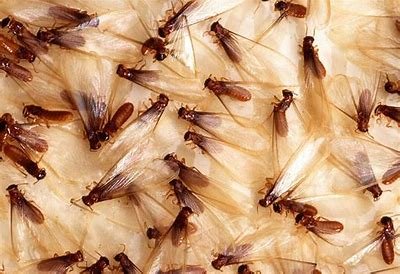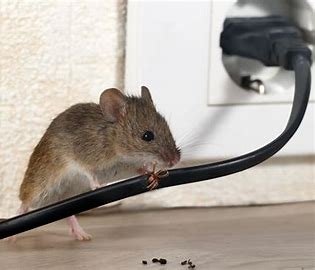Safeguard your home from bedbugs:
Protecting your home from a potential bedbug infestation is crucial for maintaining a comfortable and healthy living environment. Bedbugs are small, reddish-brown insects that feed on the blood of humans and animals, often causing itchy bites and discomfort.
some effective tips to safeguard your home from bedbugs
- Inspect Secondhand Furniture: Before bringing in any used furniture or items into your home, thoroughly inspect them for any signs of bedbugs. Pay close attention to seams, crevices, and cracks where bedbugs may hide.
- Reduce Clutter: Clutter provides excellent hiding spots for bedbugs. Keep your living spaces organized and clutter-free to minimize the places where these pests can reside.
- Regularly Wash and Dry Clothing and Bedding: Launder your clothing, bed sheets, and linens regularly using hot water and high heat in the dryer. Bedbugs cannot survive in high temperatures, so this practice helps eliminate any potential infestations.
- Use Protective Covers for Mattresses and Pillows: Encase your mattresses, box springs, and pillows in bedbug-proof covers to prevent these pests from establishing themselves in these areas.
- Vacuum Frequently: Regularly vacuum your floors, carpets, and upholstery to pick up any bedbugs or their eggs. Be sure to dispose of the vacuum bag in a sealed bag outdoors immediately after cleaning.
- Seal Cracks and Crevices: Inspect your home for cracks and crevices in walls, baseboards, and furniture, as these can serve as entry points for bedbugs. Seal any openings with caulk to prevent infestations.
- Be Cautious While Traveling: When traveling, inspect your hotel room for signs of bedbugs before unpacking. Keep your luggage off the floor and away from the bed to reduce the risk of bringing bedbugs home with you.
- Avoid Secondhand Mattresses and Upholstered Furniture: Refrain from purchasing used mattresses or upholstered furniture to reduce the risk of introducing bedbugs into your home unknowingly.
- Consult Professionals: If you suspect a bedbug infestation in your home, seek assistance from pest control professionals. They have the expertise and tools to effectively eliminate bedbugs and prevent future infestations.
By following these preventive measures, you can significantly reduce the likelihood of a bedbug infestation in your home and ensure a peaceful and pest-free living space for you and your family. Early detection and proactive steps are key to safeguarding your home from these unwelcome pests.






